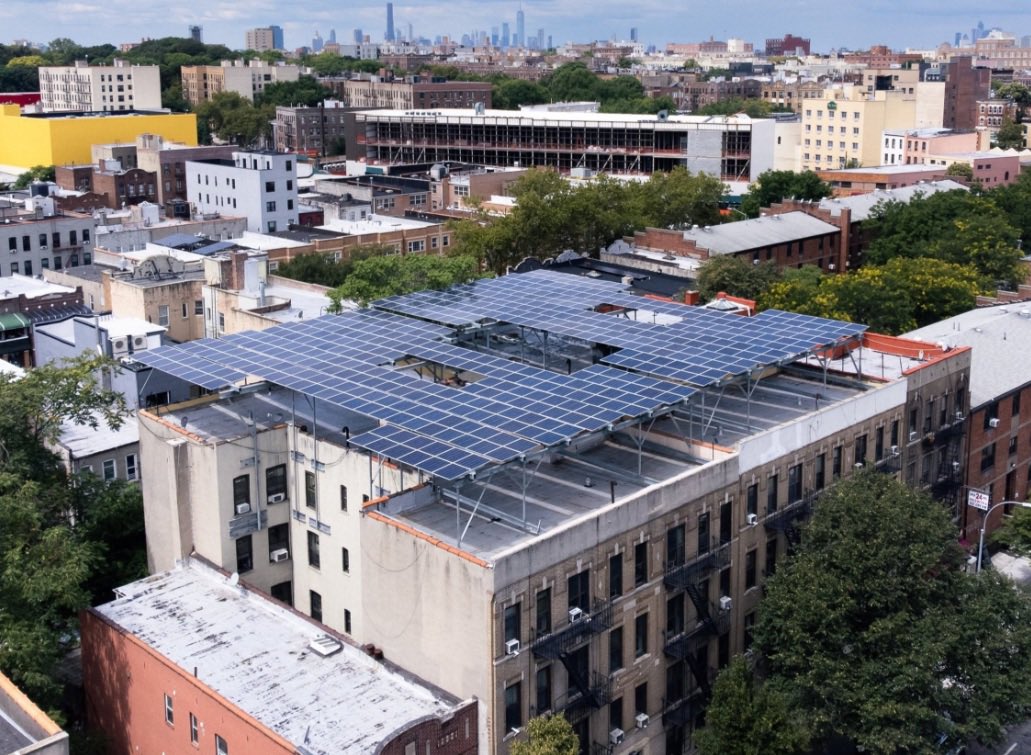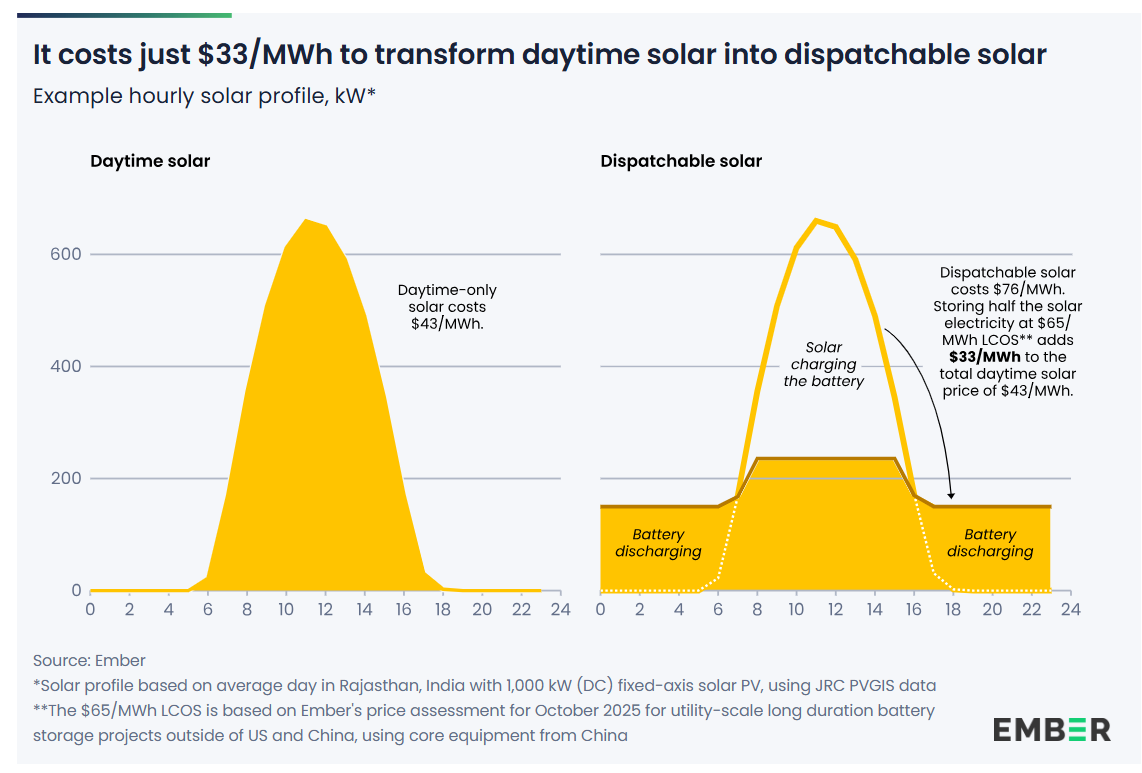Energy justice seeks to correct damage done to people in low-income communities that have long suffered from fossil fuel pollution near their homes, lack of access to renewables-driven affordable electricity, climate change, and more. Renewable energy in the form of community and rooftop solar can bring relief to people who are disproportionately affected by climate change, pollution, and rising energy prices.
While many proponents of advancing community solar for low-income residents often point to the concern that low-income neighborhoods are disproportionately affected by climate change, a recent report shows that this is true. In its recent report, the Urban Heat Island (UHI) index explored how infrastructure and population size differences contributed to warmer climates in various domestic municipalities, and the findings note that low-income neighbors bear the brunt of excessive heat.
Researchers analyzed the UHI index in 18,945 census tracts of 44 U.S. cities to develop their understanding of what parts of each municipality experienced the most intense urban heat. They then assessed data on varying land cover types building heights and population sizes to estimate how UHI levels changed in each location. The heat wave experiences of about 22% of the total domestic population was assessed in this work.
Results showed local environmental factors like albedo (how much roofs and roads reflected or absorbed heat), the number of porous surfaces, prevalence of trees, green spaces, building heights and airflow impacted UHI intensity.
“Maps of each city reveal how different land use and urban growth patterns influence the distribution of heat hot spots across census tracts— whether concentrated in a small urban core or sprawling across a vast area,” Climate Central reports.
Albedo had the most significant effect on the UHI index of each city.
That’s because roads sidewalks buildings and parking lots absorb more sunlight, then emit it into the town as heat. So places like Houston Los Angeles and New York City experienced temperature increases of at least 8 °F. According to the report, these places are among the 25% of areas with the most extreme UHI index values.
Structural inequities meant over 10% of residents in D.C. Chicago New York and San Francisco low-income neighborhoods experienced temperature increases of 10°F (an additional 2°F to their regional counterparts).
This adds up – one 2021 study published in Nature Communications found that members of Black Indigenous People of Color communities and those living below the poverty line are disproportionately affected by UHI’s.
Heat.gov reports outdoor workers, people experiencing homelessness, athletes, children, and seniors are most likely to experience heat-related illness, suggesting further disparities.
“They spend more time outside, or have pre-existing health concerns that may make it increasingly difficult to adapt to, or recover from heat waves without the appropriate resources,” the report writes.
Coastal cities like Seattle New Orleans and Miami also had a higher UHI index as bodies of water tend to have a low albedo too. However, Wichita, Kan., had the lowest average UHI index per capita at 7.2°F.
Aside from making everyone uncomfortable, extreme heat can cause serious health risks, especially when combined with high humidity sun exposure and poor air quality.
Along with decreasing dependence on fossil fuels to power vehicles and buildings, Jen Brady, a senior data analyst at Climate Central, suggests planting trees along paved streets including space for rooftop gardens in infrastructure designs and using highly reflective emissive materials to construct cool roofs and pavements instead of asphalt or concrete. These infrastructural changes can help to cool cities.
This content is protected by copyright and may not be reused. If you want to cooperate with us and would like to reuse some of our content, please contact: editors@pv-magazine.com.








By submitting this form you agree to pv magazine using your data for the purposes of publishing your comment.
Your personal data will only be disclosed or otherwise transmitted to third parties for the purposes of spam filtering or if this is necessary for technical maintenance of the website. Any other transfer to third parties will not take place unless this is justified on the basis of applicable data protection regulations or if pv magazine is legally obliged to do so.
You may revoke this consent at any time with effect for the future, in which case your personal data will be deleted immediately. Otherwise, your data will be deleted if pv magazine has processed your request or the purpose of data storage is fulfilled.
Further information on data privacy can be found in our Data Protection Policy.